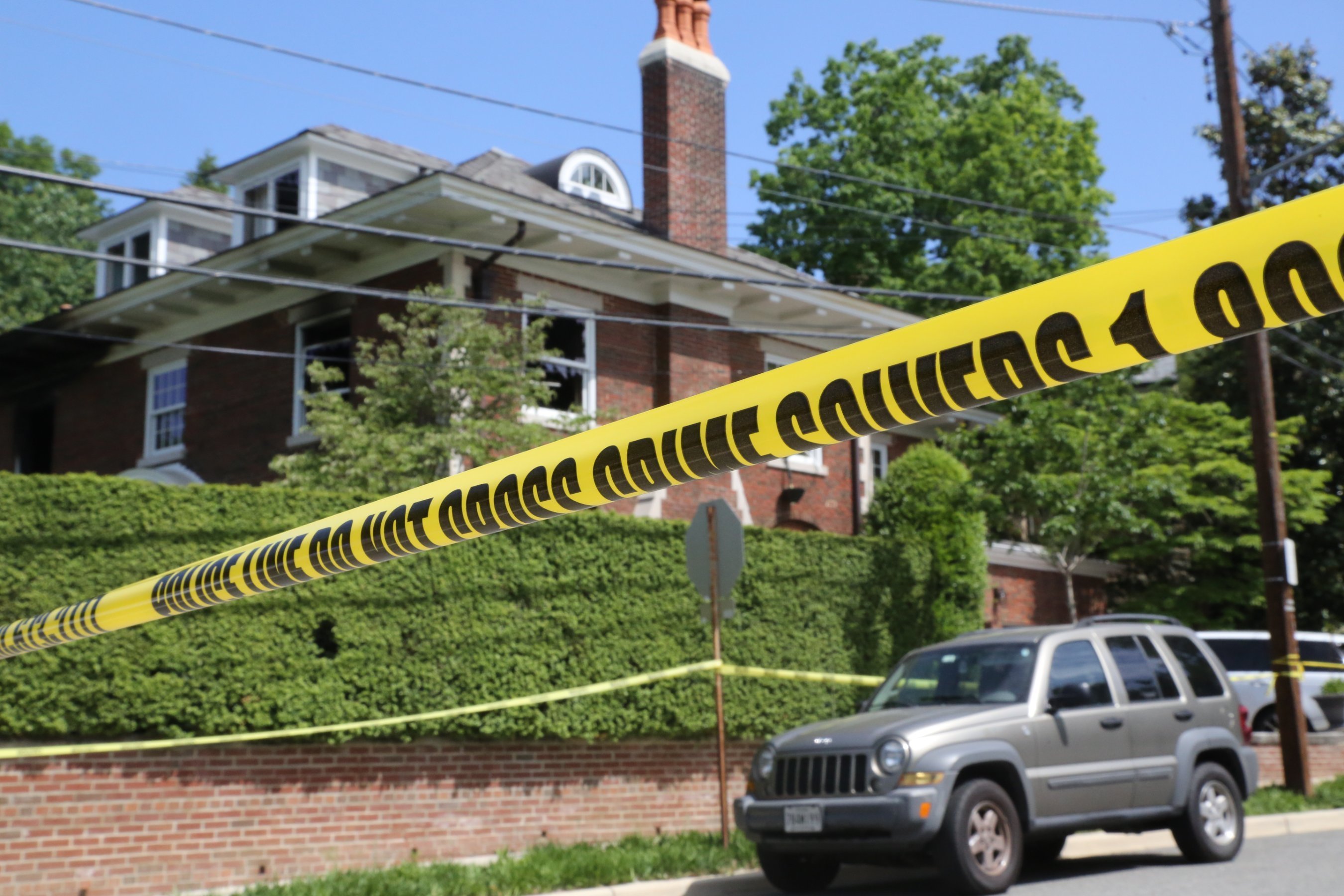ISIS militants seized “full control” of the ancient city of Palmyra after Syrian government forces retreated from the area Thursday, activists said.
The reported gains by the Islamist group, which rules large parts of Iraq and Syria, will only intensify fears for Palmyra’s residents and its archeological riches.
The Sunni jihadists made their advance early Thursday, said the London-based Syrian Observatory for Human Rights, which monitors the conflict in the Middle Eastern nation.
ISIS fighters stormed the modern city, which is also known as Tadmur, on Wednesday. The city is just a few hundred meters from the ancient ruins of columns, temples and arches, which have been designated as a UNESCO World Heritage Site.
U.N. and Syrian officials expressed fears that ISIS plans to destroy the ruins, just as it flattened the ancient Assyrian city of Nimrud and smashed statues in Iraq’s Mosul Museum.
The apparent seizure of the Palmyra area is ISIS’ second significant conquest across its sprawling battlefronts in less than a week. Over the weekend, it kicked Iraqi security forces out of the key city of Ramadi, a defeat acknowledged by a U.S. State Department official as a major blow.
At least 100 Syrian troops killed, activists say
A clear picture of who controlled what in and around Palmyra, which lies roughly 200 kilometers (125 miles) northeast of Damascus, remained elusive Thursday.
Syria’s state-run news agency, SANA, reported late Wednesday that popular defense groups had pulled out of some Palmyra neighborhoods amid a large assault from ISIS, which it said was trying to get into the archeological sites.
The Syrian Observatory for Human Rights said Thursday that Syrian security forces were present in the east and west of Palmyra but were preparing to withdraw to another area.
At least 100 Syrian regime troops were killed overnight fighting against ISIS in and around Palmyra, said the monitoring group’s Rami Abdulrahman.
Civilians, oil fields and heritage site
So far there has been no claim by ISIS that it has taken the city or any of the strategic military sites and oil resources surrounding it.
SANA reported that Syrian government forces had on Wednesday repelled ISIS fighters who attacked positions surrounding the Jizel oil field in the countryside near Palmyra.
UNESCO Director-General Irina Bokova has said she is deeply concerned about reports of the clashes in the area.
“The fighting is putting at risk one of the most significant sites in the Middle East, and its civilian population,” she said.
“I reiterate my appeal for an immediate cessation of hostilities at the site,” Bokova said. “I further call on the international community to do everything in its power to protect the affected civilian population and safeguard the unique cultural heritage of Palmyra.”
‘The wellspring of global civilization’
Between the first and second centuries, Palmyra “stood at the crossroads of several civilizations,” with its art and architecture mixing Greek, Roman and Persian influences, UNESCO says.
The city already was a caravan oasis when Romans overtook it in the mid-first century. Its importance grew as a city on the trade route linking the Roman Empire to Persia, India and China, according to the U.N. agency.
British historian and novelist Tom Holland has described Palmyra as “an extraordinary fusion of classical and Iranian influences intermixed with various Arab influence as well.”
The destruction of Palmyra wouldn’t just be a tragedy for Syria, it would be a loss for the entire world, he told CNN this month.
“Mesopotamia, Iraq, Syria, this is the wellspring of global civilization,” he said. “It really couldn’t be higher stakes in terms of conservation.”
ISIS’ traffic in cultural treasures
The Syrian government says it has moved many artifacts, including hundreds of statues, to safer locations.
But it couldn’t relocate an entire archeological site.
“Palmyra is this massive, sprawling, spectacular city,” CNN’s Arwa Damon said from Baghdad. “And now it is at the mercy of ISIS.”
Relics left at the site could end up being used to fund ISIS’ campaign of terror across the region.
“They have networks that allow them to traffic in cultural treasures.” said Fawaz Gerges, professor of Middle East studies at The London School of Economics.
“They have made tens of millions of dollars selling artworks,” said Gerges, the author of the forthcoming book “ISIS: A Short History.”
Historical sites among Syrian wars’ casualties
This is not the first time an ancient site has come under threat during Syria’s brutal four-year civil war, in which ISIS is one of the warring sides.
Notable casualties include 11th century crusader castle Crac des Chevaliers; its walls were severely damaged by regime airstrikes in 2013.
Aleppo’s covered market, a formerly thriving part of Syria’s economic and social life, was severely damaged in a fire in 2012.
“What is distinctive and horrendous about (ISIS’) mode of operation is that they are deliberately going out of their way to destroy (ancient artifacts),” Holland said.
ISIS propaganda claims the Islamist militants are destroying idols or false gods and following in the footsteps of the Prophet Mohammed, who smashed statues in Mecca.



